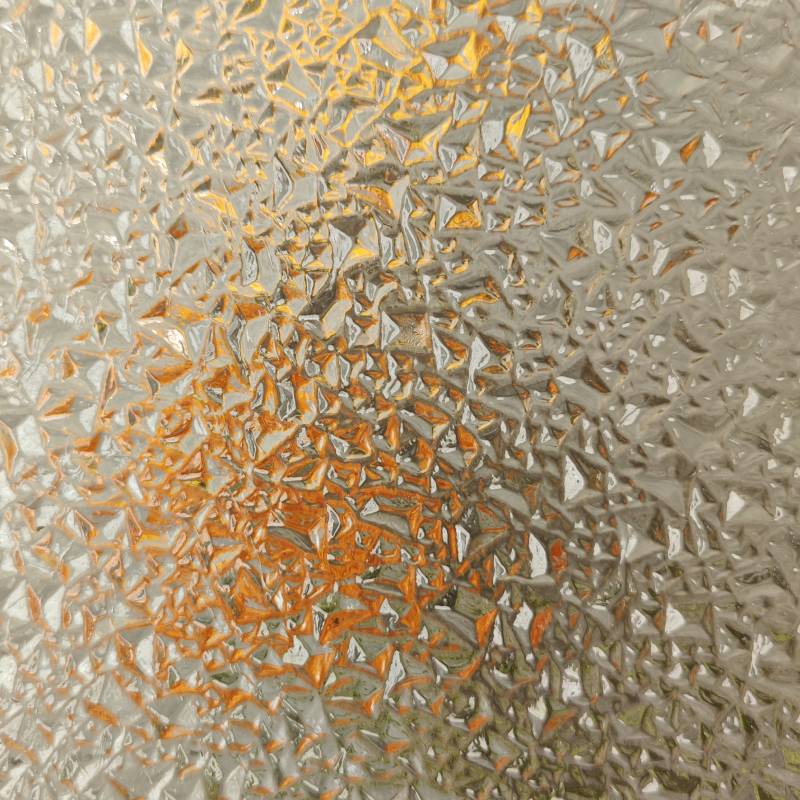

Understanding Float Glass Types
Float glass is a fundamental material widely used in construction, architecture, and various applications due to its remarkable clarity and uniformity. The manufacturing process of float glass involves floating molten glass on molten tin, resulting in a flat, smooth surface that has become the standard in the glass industry. Understanding the different types of float glass can help in selecting the right kind for specific applications, ensuring durability and performance.
Types of Float Glass
1. Standard Float Glass This is the most common type of float glass, characterized by its clear, transparent appearance. Standard float glass is typically around 3-12 mm thick and is widely used in windows, doors, and other architectural elements. Its smooth surface allows for excellent optical clarity, making it a preferred choice in residential and commercial buildings.
2. Low-iron Float Glass While standard float glass has a slight green tint due to the iron content in the raw materials, low-iron float glass is manufactured with minimal iron content, resulting in an almost perfectly clear appearance with a higher light transmission rate. This type of glass is often used in high-end applications such as glass displays, skylights, and glass facades where maximum clarity is essential.
3. Obscured Float Glass In situations where privacy is a concern but natural light is desired, obscured float glass is an excellent choice. It can be acid-etched, frosted, or otherwise treated to create a translucent surface that diffuses light while obscuring visibility. This type is commonly used in bathroom windows, office partitions, and other areas where privacy is needed.

4. Tinted Float Glass Tinted float glass is designed to reduce glare and heat from sunlight. By incorporating metal oxides during the manufacturing process, tinted glass can come in various colors such as bronze, gray, and blue. This type of glass not only enhances the aesthetic appeal of buildings but also contributes to energy efficiency by reducing the need for air conditioning.
5. Reflective Float Glass To add a modern touch to buildings while also improving energy efficiency, reflective float glass can be used. This glass features a metallic coating that reflects solar rays, thereby reducing heat gain. It is often utilized in commercial buildings, automotive windows, and other applications where glare reduction and privacy are desired.
6. Laminated Float Glass Laminated float glass consists of two or more layers of glass that are bonded together using a plastic interlayer, providing enhanced safety and sound insulation. If broken, the interlayer holds the pieces of glass together, preventing shattering. This type is commonly used in areas requiring safety, including storefronts, glass doors, and skylights.
7. Thermal Efficient Float Glass With growing concerns about energy consumption and environmental impact, thermal efficient float glass has emerged as an innovative solution. It can be coated and treated to improve insulation properties, significantly reducing heating and cooling costs. This type of glass is essential for energy-efficient buildings aiming for LEED certification and other green building standards.
Conclusion
Float glass is a versatile material available in several types, each offering distinct properties suited for various applications. Whether it’s enhancing visual appeal, providing safety, or improving energy efficiency, understanding the nuances of float glass types allows architects, builders, and homeowners to make informed decisions. As technology advances, new innovations in float glass are likely to emerge, further broadening its applications and functionalities in the modern world. With careful selection, float glass can contribute significantly to both the aesthetics and performance of any building project.